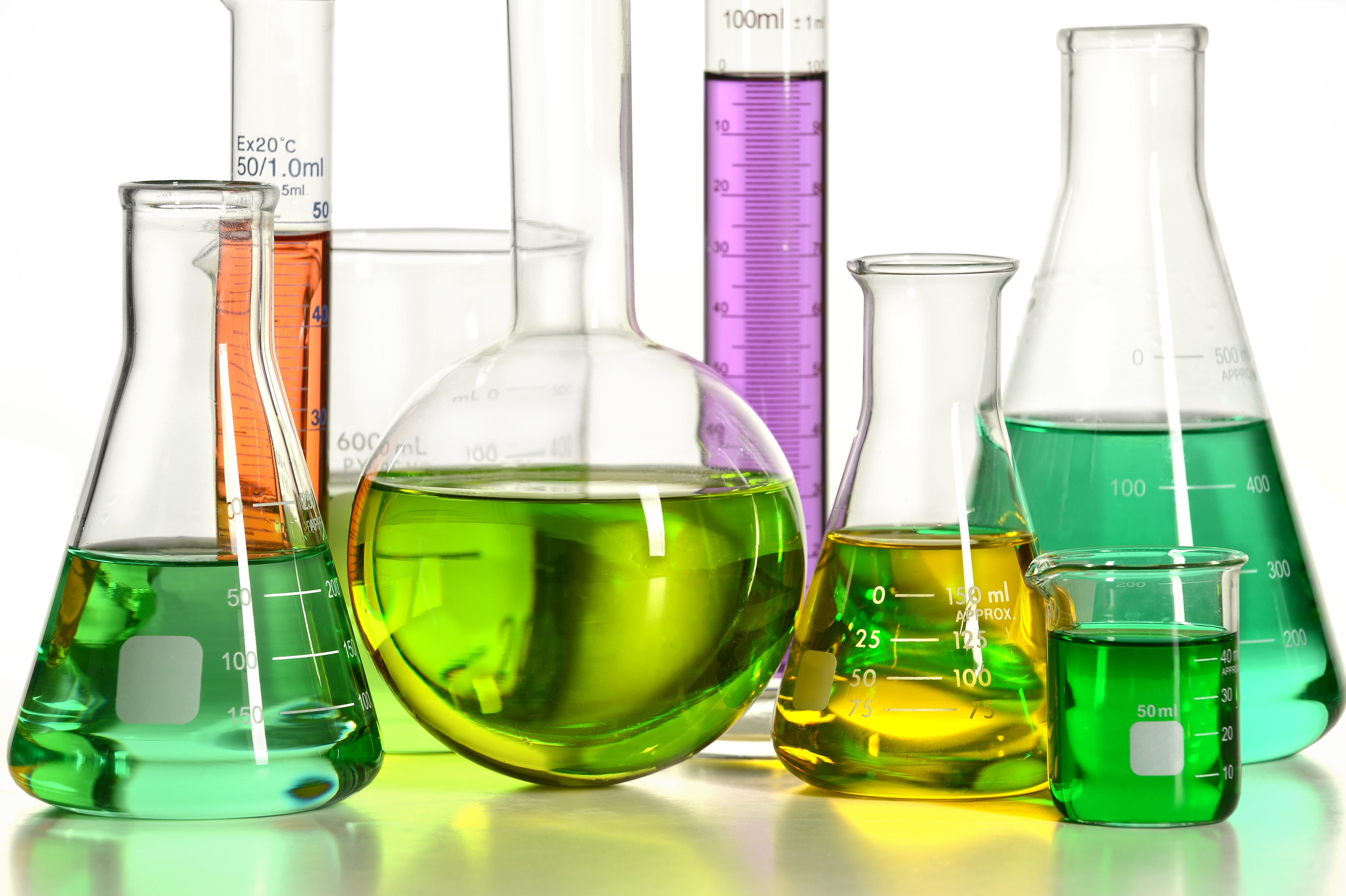Laboratory glassware is an essential tool for many scientific experiments and research studies. Different types of glass materials are used to manufacture laboratory glassware, each with its own unique properties and characteristics. In this report, we will discuss the differences and similarities between Bellco, Borcam, Borosil, Duran, Endural, Glassco, Heatex, Kimble, Kimax, Marinex, MG, Pyrex, Refmex, Schott, Simax, Supertek, Suprax, TN LAB, Borosilicate and other glass materials commonly used in laboratory glassware.
Borosilicate glass is a type of glass that is made from a mixture of silica, boron, and other elements. It is known for its excellent chemical resistance, low thermal expansion, and high thermal stability. Borosilicate glass is often used in laboratory glassware such as burettes, micropipettes, and thermometers. It is also used in other applications such as scientific instruments, lighting, and cookware.
Pyrex is a brand name for a type of borosilicate glass developed by Corning Glass Works in 1915. This type of glass is known for its excellent thermal stability and resistance to thermal shock. Pyrex is often used to make laboratory glassware such as beakers, flasks, and test tubes. It is also used in cookware and kitchenware because of its ability to withstand high temperatures and thermal shock.
Bellco, Borcam, Borosil, Duran, Endural, Glassco, Heatex, Kimble, Kimax, Marinex, MG, Pyrex, Refmex, Schott, Simax, Supertek, Suprax, and TN LAB are all brand names for borosilicate glass. These brands are manufactured by different companies and may have slight variations in composition and properties. However, all of these brands are known for their excellent chemical resistance, low thermal expansion, and high thermal stability, making them suitable for laboratory glassware.
Soda-lime glass is a type of glass that is made from a mixture of silica, soda, lime, and other elements. It is a common type of glass that is used in many applications, including laboratory glassware. Soda-lime glass is known for its low cost and availability, but it is less durable than borosilicate glass and is not as resistant to thermal shock.
Another type of glass commonly used in laboratory glassware is quartz glass. Quartz glass is made from silica and has excellent chemical resistance, high thermal stability, and good optical properties. It is often used in laboratory glassware such as microscope slides and cuvettes.
In summary, borosilicate glass, Pyrex and other brand names such as Bellco, Borcam, Borosil, Duran, Endural, Glassco, Heatex, Kimble, Kimax, Marinex, MG, Refmex, Schott, Simax, Supertek, Suprax, and TN LAB are common types of glass materials used in laboratory glassware. All of these glass materials have unique properties and characteristics that make them suitable for specific applications. Pyrex and borosilicate glass are known for their excellent thermal stability and resistance to thermal shock, making them suitable for laboratory glassware used in high temperature experiments. Soda-lime glass is less durable and resistant to thermal shock but is commonly used due to its low cost and availability. Quartz glass is known for its excellent chemical resistance, high thermal stability, and good optical properties and is used in special applications such as microscope slides and cuvettes.
TN LAB glassware and labware is manufactured using only Borosilicate 3.3 glass, the highest quality glass available.



